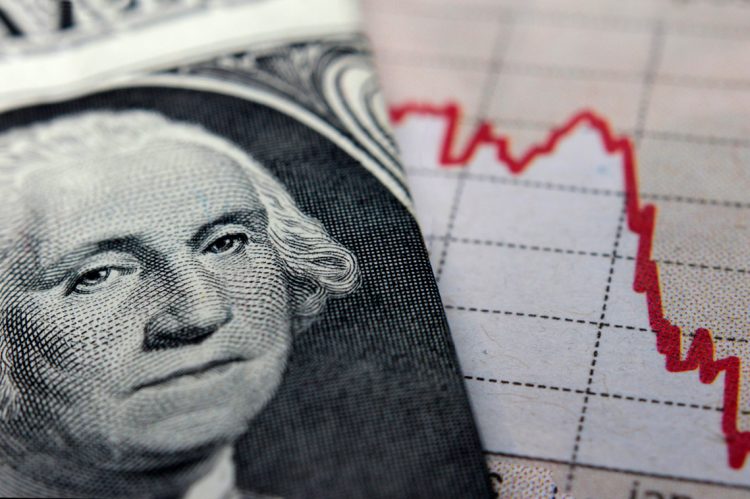Recent reports from the U.S. Bureau of Labor Statistics (BLS) found that the deceleration of inflation didn’t yield as 2022 came to a close. Overall inflation continued to slow in December, with the latest consumer price index (CPI) report showing prices grew by 6.5%—down from 7.1% the previous month—which is in line with analysts’ expectations.
Taking Advantage of Client Reviews (and Referrals)
Client reviews are very important to your team’s business and how you market yourself. Plus, referrals are the easiest and most surefire way to gain more clientele. Read more.
Business Tip of the Day provided by
Categories
The Most Important Real Estate News & Events
Click below to receive the latest real estate news and events directly to your inbox.
By signing up, you agree to our TOS and Privacy Policy.













